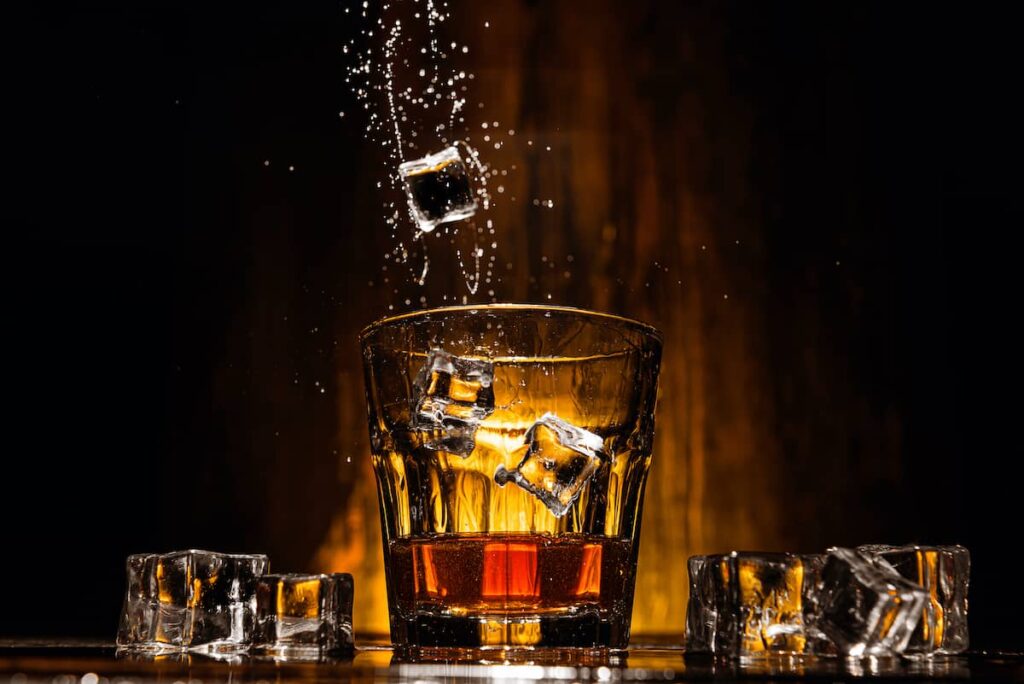
Unless you have been living in a cave, you must have at least heard about the famous spirit – whisky. If you drink whisky, you might have even got to know some of its myths.
It’s not easy to get a handle on whisky. Some people don’t even know that whisky is different from whiskey. And the options can be confusing: bourbon and rye, Scotch and Irish, single malt and blended. It’s enough to make your head swim.
If you want to be a true whisky enthusiast, it helps to dispel some common misconceptions. Here’s what you need to know about whisky:
- Color Determines The Age Of Whisky.
Have you ever wondered where the color of whisky comes from?
Whisky increases in strength as it ages, but most people mistake the color of whisky for its age. The color reflects the type of wood used to store the whisky, which has nothing to do with its age.
Whisky aging takes place in a cask, so the size and shape of the cask will determine how much of your whisky touch it. The color will depend on how old the cask is if it’s virgin or has been toasted, how long it has been used to age whisky, what type of wood it is made from and how long it has been maturing. Other considerations include its location, climate, air pressure, and humidity.
- Whiskey gets its color from the barrel it is aged in.
Whisky producers don’t add colour to their product. If you see “no added color” or “natural color” on a whisky label, that means it hasn’t been altered by adding anything artificial. The ingredient spirit caramel, which is commonly known as E150a, is a food additive created by heating sugars without the use of any additional additives or preservatives.
To ensure consistency in colour, historically, whiskey producers have added caramel to their products.
3. If a brand claims to be 15 year old, it must be at least 15 years old.
Many brands of whisky are marketed with misleading age statements. A common fallacy among whisky drinkers is to think that the age statement reflects the actual age of the whisky itself. This can be misleading.
Regardless, the age of a whisky is determined by the age on its bottle. In assessing whisky’s maturity, always taste the youngest whisky and take into account its stated age. However, this does not imply that adding a 12-year label to a 25-year-old bottle automatically makes it 25 years old.
As a connoisseur of whisky, you should not always be honest about all that businesses disclose on their labels. Today, there is an increasing movement in the industry to ensure that whisky labels should be more transparent. As long as there aren’t age statements on every bottle, you can only know whether the whisky is aged by tasting it.
4. The Year Of All Brand Establishments Is True
Companies that have been in business for many years can be more trusted by customers, who are more likely to purchase goods or services from established firms than from start-ups. Inflating the year of a brand’s founding is common among many firms, with some claiming to have been established in the 1800s. This is not always true.
Some distillers use dates that correlate to the year their company was established, or the year its namesake was created or shattered, in their advertisements.
5. The taste improves with age.
There is an urban legend that a whisky’s flavor and age are correlated. However, connoisseurs believe this to be untrue. If a bottle has a stated age, it will be more expensive. Just because it’s more expensive does not guarantee it’s better tasting than others. Although older bottles are more expensive, this does not imply that they are of higher quality.
After around 28 years in a barrel, the flavor and quality of the liquor will begin to deteriorate, leading to the drink becoming too woody or dry.
6. All whisky shares the same basic flavor.
Misinformation about the unique flavour of each whisky is spread by individuals who dislike the drink in general.
If you say all whiskies taste the same, you must explore more brands and discover their various flavors. A newbie is probably not able to appreciate his first sip of whisky. Consequently, if you want to determine why so many people identify this beverage, you must try another glass and hope you get it correct this time. Whiskies come in a wide variety of brands, each of which has its own distinctive flavor profile.
Final Thoughts
Overall, whisky is a complex drink that is best enjoyed with a full understanding of how it should be tasted, how it should be stored, and what part it plays in the lives of people all over the world. Myths can often cloud our understanding of a drink like a whisky. This can lead to worse decisions and even waste your hard-earned cash on something you just don’t like. Take the time to learn as much as you can about whisky before you make any decisions, and you’ll soon realize that everything is in your favor!